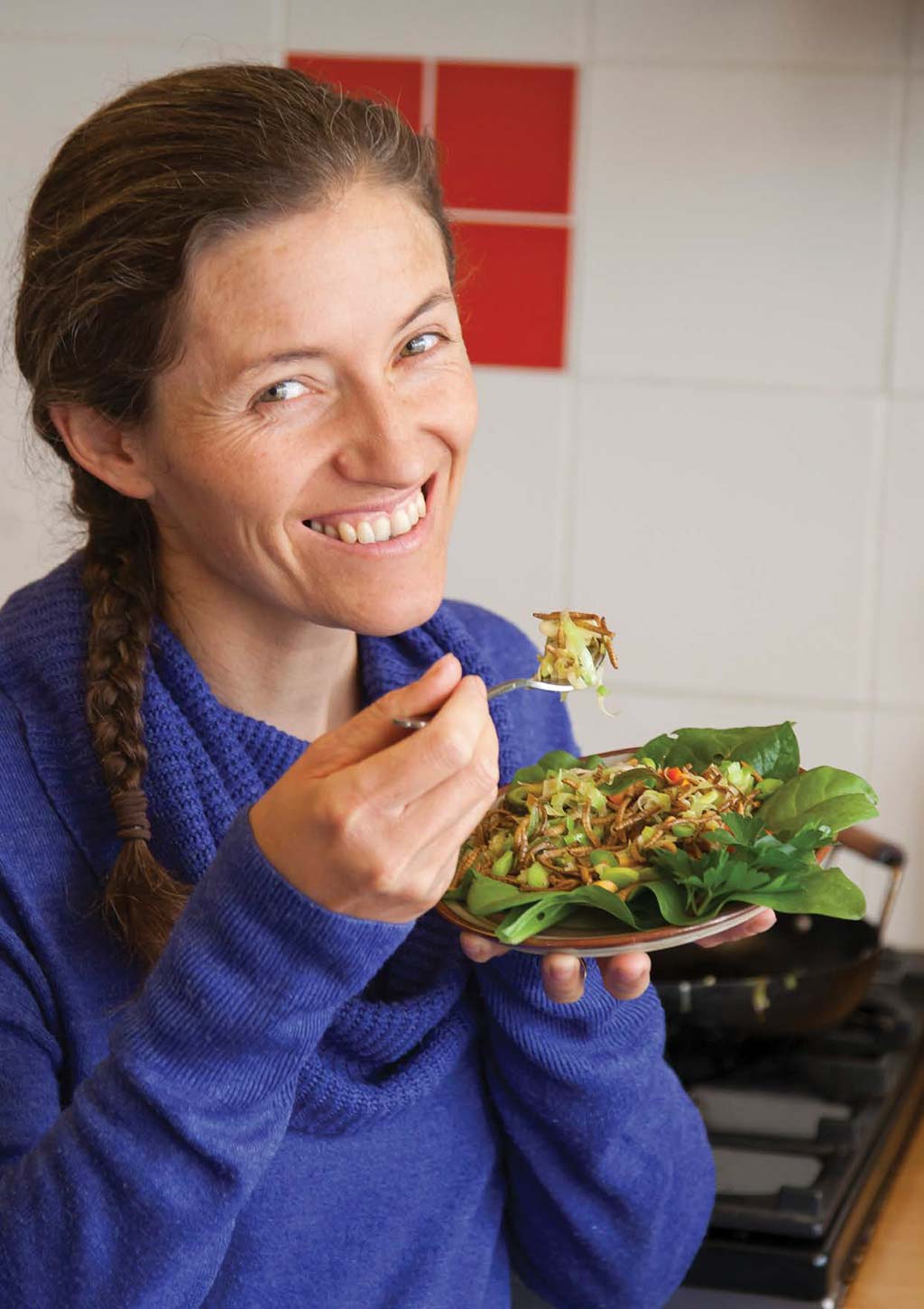As superfood fads go, the movement towards eating insects has a lot of hype, but is less commonly adopted. An untapped source of protein, high in amino acids, wildly abundant, easy to grow, with a tiny ecological footprint—the sales pitch sounds great to most of us until we’re presented with a dish of mealworms.
There’s something taboo about the idea of eating creepy crawlies in the Western world, but according to its proponents, entomophagy (the practice of eating insects on purpose) is going to get a whole lot bigger, despite the small size of its heroes.
The French eat snails, Mexican and Thai people are wellknown for their fondness for crickets, and even our homegrown witchetty grubs and honey ants are part of traditional Australian ‘bush tucker’ folklore.
For most of us however, eating insects (beyond say, a few stray aphids on our homegrown brassica leaves) is pretty low down on our to-do lists. Perhaps it’s because in the West we see insects as dirt dwelling vectors of disease. Or perhaps it has more to do with our Judeo-Christian cultural heritage, where insects were almost never deemed to be ‘kosher’. Or perhaps there’s something deeper too.

